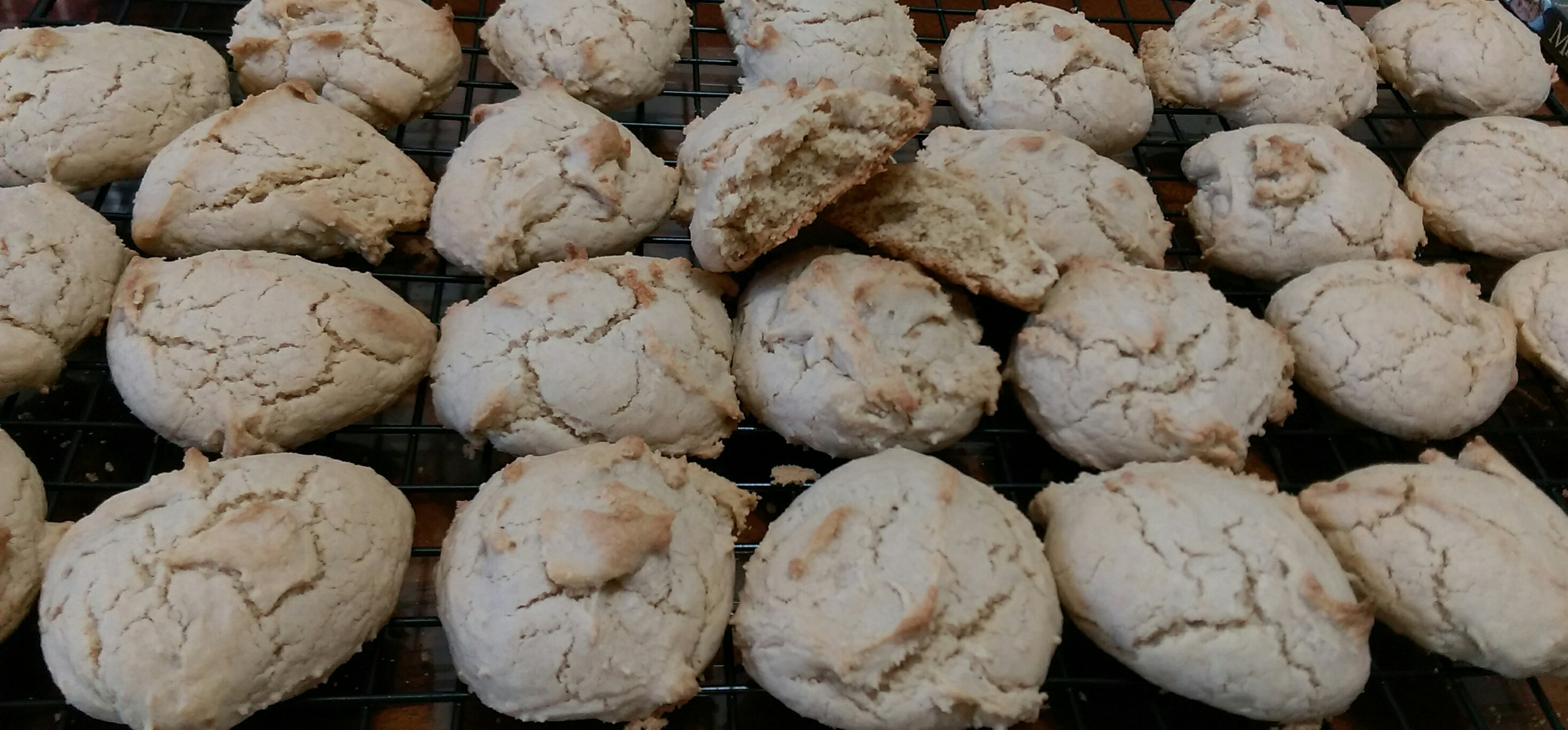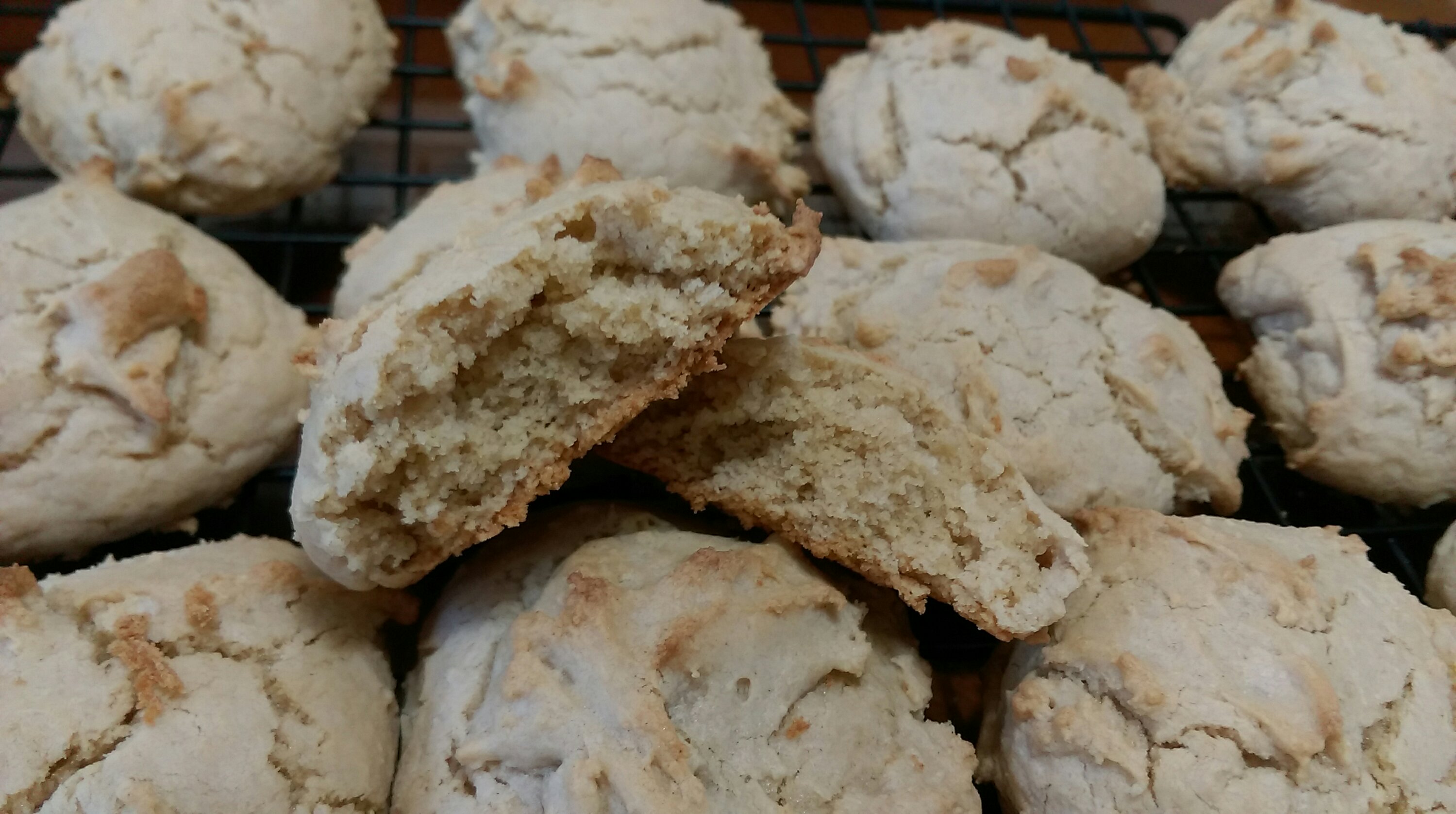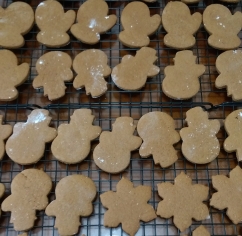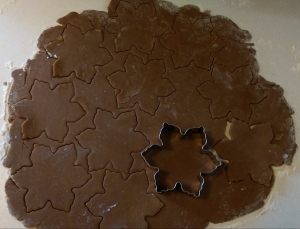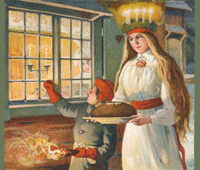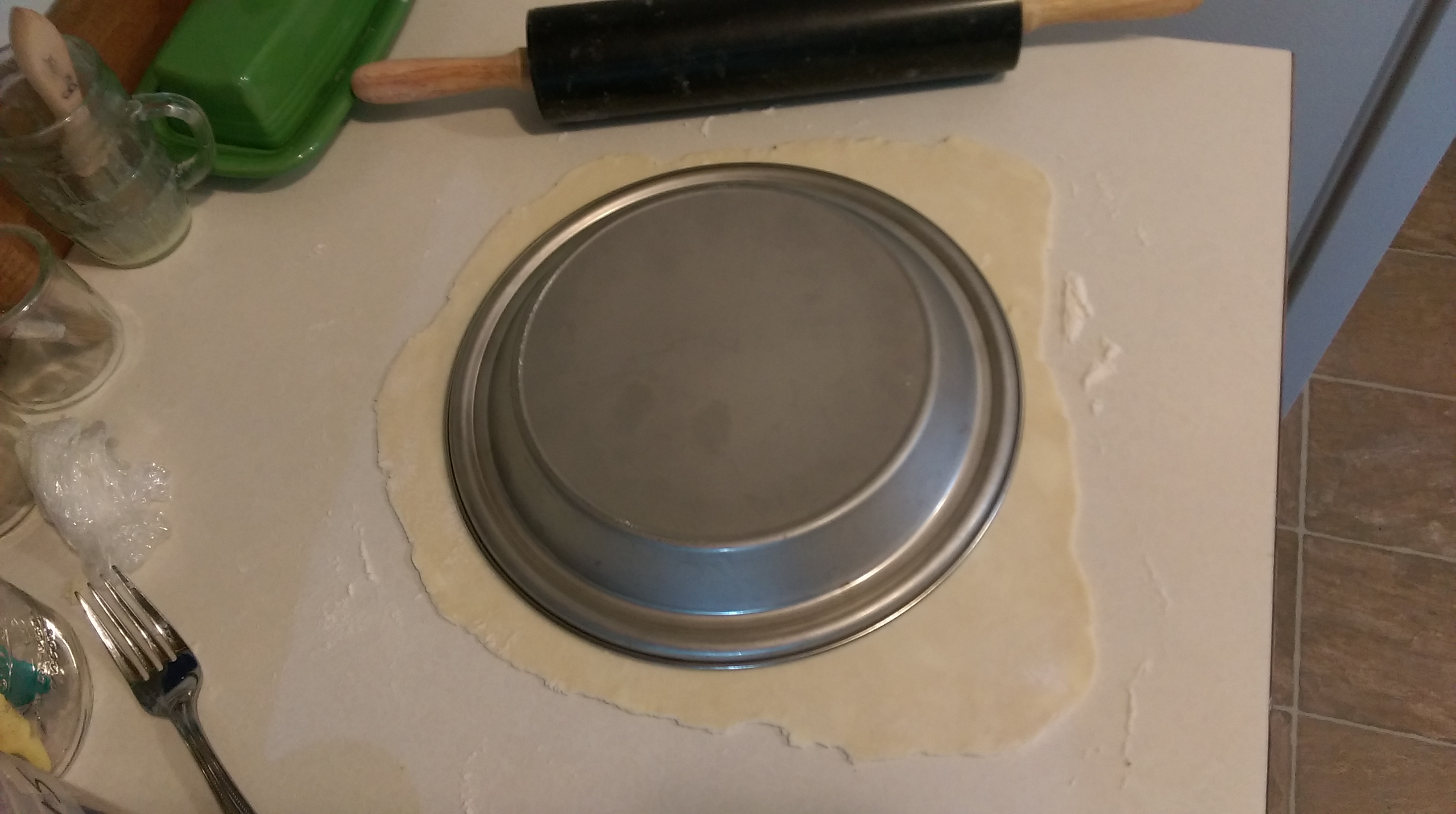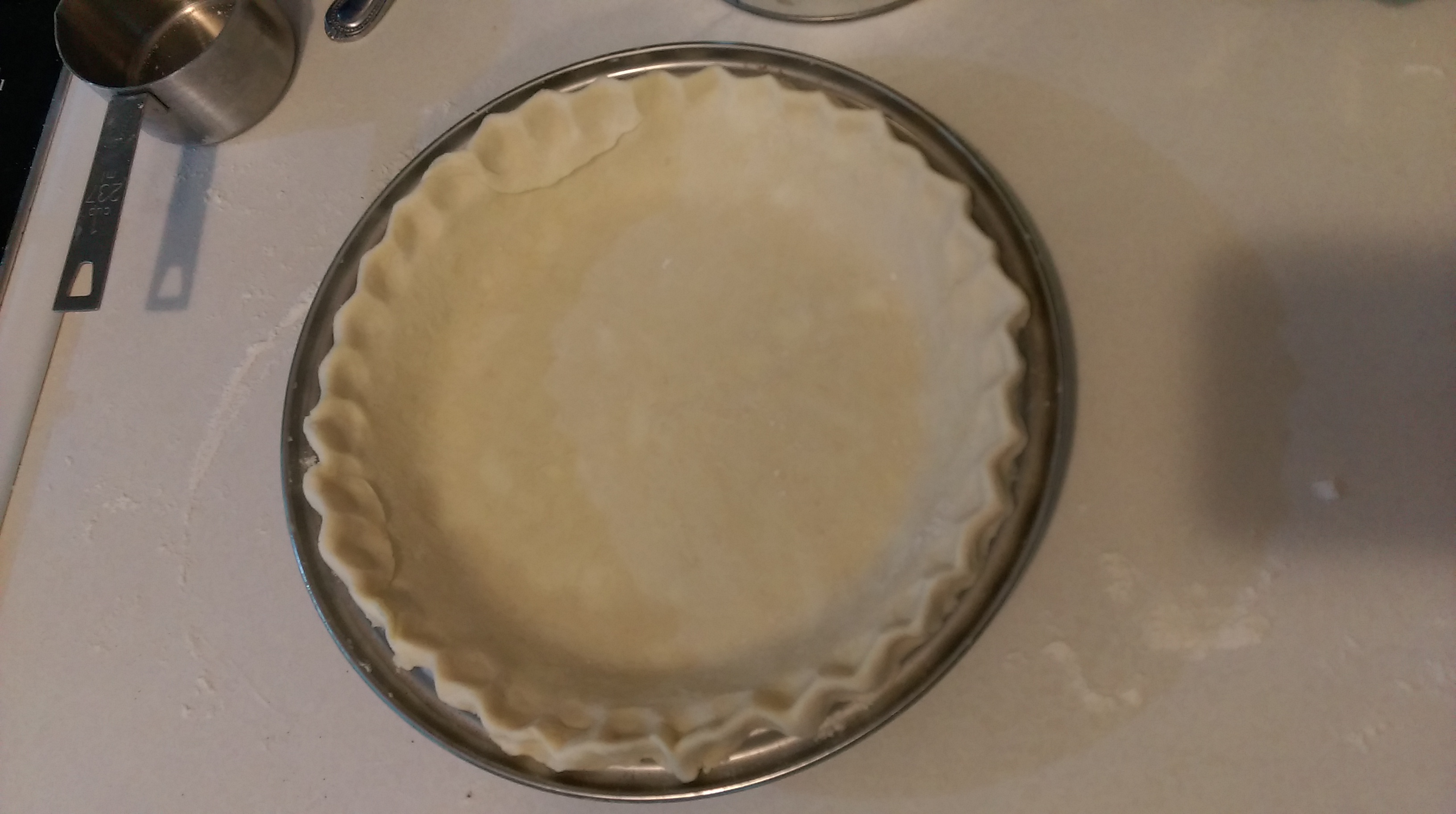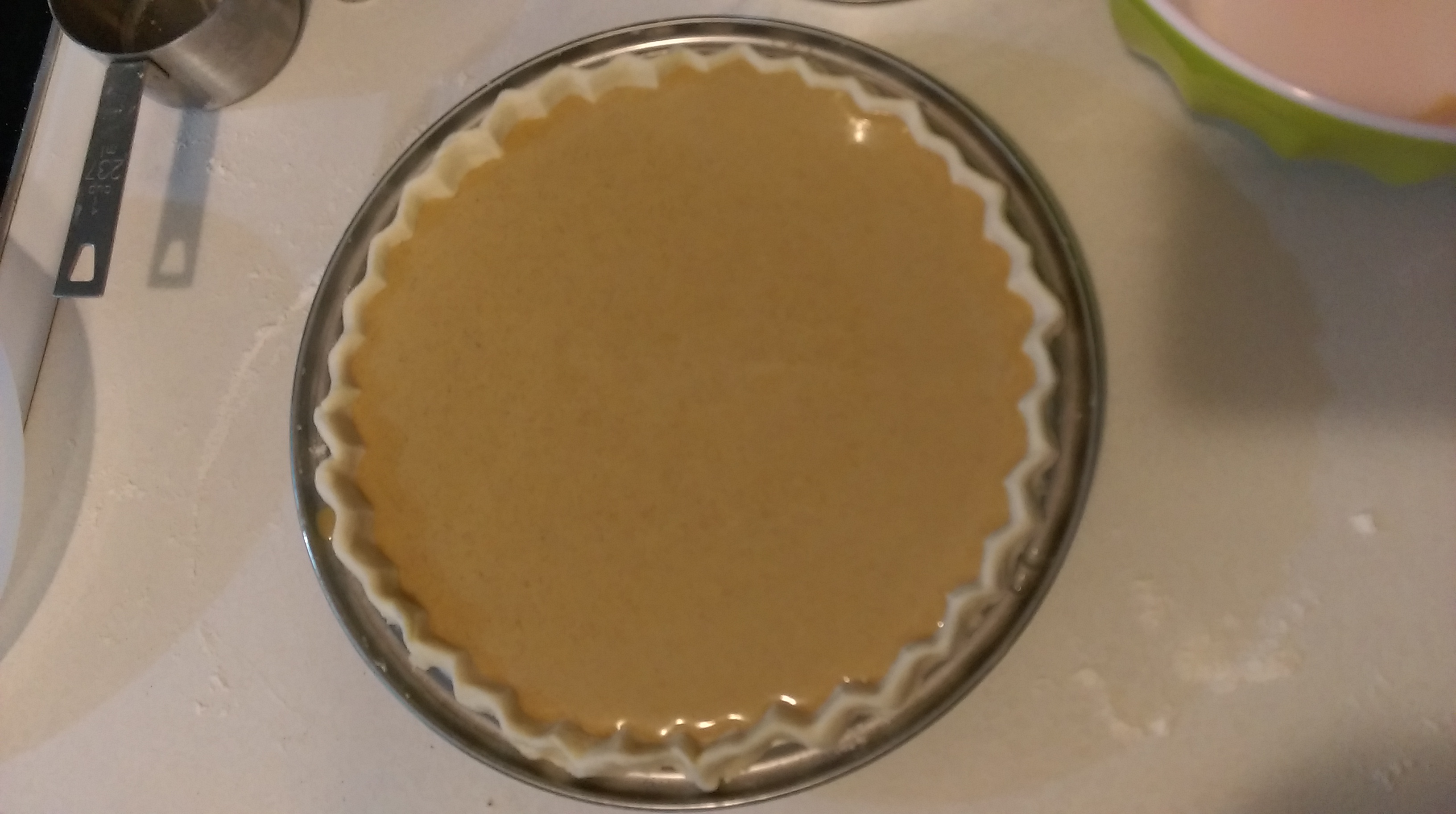Remember him? The Hamburgler from McDonald’s?

Source:
https://mcdonalds.fandom.com/wiki/Hamburglar
Sorry if that makes anyone feel old. I’m right there with you.
Anyways, today was burgler, I mean, burger grinding day. We take all the waste/excess/tiny pieces of meat from butchering the deer, bear, and other critters my husband shoots in hunting season and run it through a meat grinder to make hamburger. The process involves the whole family. The Teen helps with grinding, I pack and wrap, Hubby assists and supervises, and the littles do little jobs like opening doors and fetching things. Since the meat is very lean on its own, we mix in a certain percentage of pork sausage to add some fat and flavor. Unlike beef fat, venison and bear fat do NOT add good flavor to the meat. Trust me on this, putting in the extra effort to trim off all the excess fat is vital to turning out a tasty product.
After grinding and mixing we portion the burger into roughly 1lb packages and seal with our vacuum sealer. Then it goes into the freezer and we all sit back to relax with the pride in a job well done….but only after we scrub everything down and clean the grinder.
Our goal every year is to hunt enough to provide meat for an entire year. This year we churned out roughly 67lbs of ground venison in addition to all the steaks, roasts, hocks, haunches, and other cuts. No Bear or Elk were harvested this year in spite of Hubby and Teen’s best efforts so our burger is straight venison.
How do we use venison burger? The same way we would use ground beef. Tacos, spaghetti sauce, meatballs, soups and stews, meatloaf, etc. The best part, in my not-so-humble-opinion, is that venison is so lean and the percentage of added pork sausage is so low that there is never any excess fat to drain. Unlike ground beef where you lose upwards of 25% of the meat through draining off the fat, we get to eat 100% of our venison burger. Venison is also grass-fed, organic, and antibiotic free. So yeah, when Hubby complains about how expensive it is to hunt (tag prices and hunting license fees drive him nuts) I remind him that pound for pound it’s no more expensive (and may actually be slightly cheaper) than buying the same quality meat from the store.
So is it worth it? I think so. It’s good food and a quality family activity. Is it a lot of work? Definitely. Would we have it any other way? Nope.

